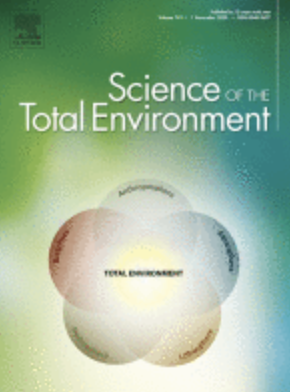Latitudinal patterns in the diet of Andean condor (Vultur gryphus) in Chile: Contrasting environments influencing feeding behavior

Human-dominated environments alter the availability and quality of resources for many species, especially for scavengers that have large home ranges and plastic foraging behaviors that enable them to exploit novel resources. Along the western slope of the Andes, the modification of natural landscapes have resulted in significant declines in native prey, the introduction of non-native species, and an increase in the availability of anthropogenic resources. These factors have likely influenced the resources available to Andean condors (Vultur gryphus), however, data are lacking as to how condor’s diet vary along their large latitudinal range. We evaluated differences in Andean condor diet along a ~2500 km latitudinal gradient in Chile from the heavily modified Central zone (32–34°S) to the more pristine Austral zone (44–56°S). We assessed diet composition through the identification of prey remains in condor pellets, and carbon and nitrogen isotope analysis of condor feathers and their primary prey identified from pellet analysis. Our results identified medium- and large-bodied domesticated mammals (ungulates) and introduced exotic species (lagomorphs) as common prey across the study area. Condors from the Central zone had the largest isotopic niche width, probably related to consumption of anthropogenic resources with distinctly high carbon isotope values indicative of C4-based foods likely acquired from landfills or corn-fed livestock. Isotopic niches for condors from the Southern and Austral zones almost completely overlapped. Andean condor diet is strongly influenced by local conditions determining differential access to prey sources. The high dependence of Andean condors on livestock across a large geographical area, and landfills in more (sub)urban areas, may help stabilize their populations via anthropogenic resources subsidies. Long-term dependence on such resources, however, may have health costs including contaminant exposure and greater mortality risk. These data will help identify potential threats related to resource availability and use, and better inform management and conservation decisions.
